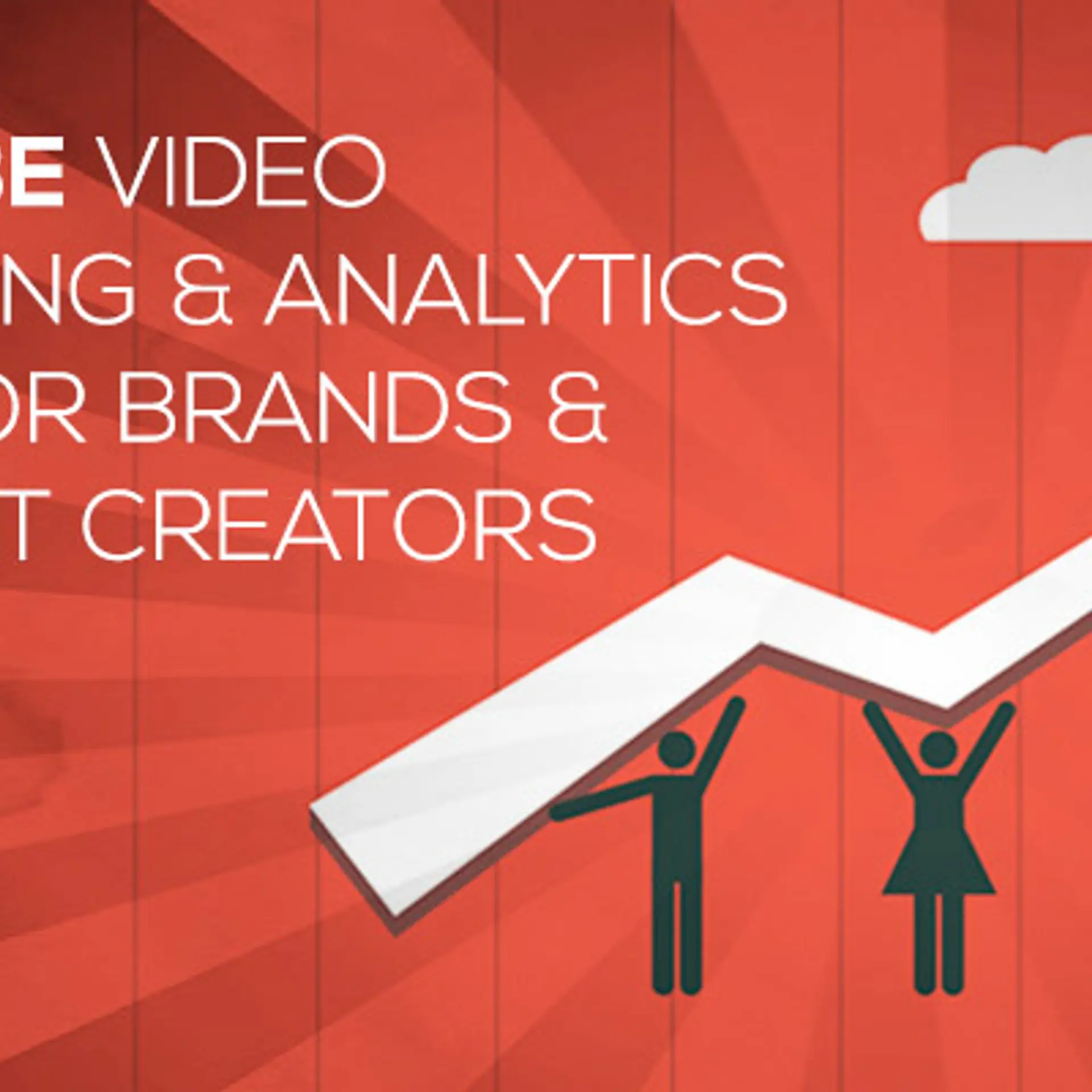Creative individuals, innovative organisations: 8 ways to harness rebel talent for business success
This entertaining book describes five traits of rebels: novelty, curiosity, perspective, diversity, and authenticity. See how you can nurture them to make your company more innovative!
Launched in 2012, YourStory's Book Review section features over 250 titles on creativity, innovation, entrepreneurship, and digital transformation. See also our related columns The Turning Point, Techie Tuesdays, and Storybites.

Components and conditions of business creativity are well captured in the book Rebel Talent: Why It Pays to Break the Rules at Work and in Life, by Harvard Business School professor Francesca Gino. Case studies are drawn from beyond the usual suspects, and include chefs, magicians, sports coaches, CEOs, pilots, generals, and movie makers.
The eight chapters are spread across 280 pages, including 40 pages of notes and references. The writing style is entertaining, but at times comes across as rambling and repetitive. Here are my takeaways from the book, summarised as well in Table 1 and Table 2. See also my reviews of the related books Quirky, Frugal Innovation, Multipliers, Disciplined Dreaming, InGenius, The Creative Curve, and Complete Co-Creation.
The importance of rebel talent
Many creative people are contrarians or rule-breakers, but not all rebels are troublemakers or nuisances. The unconventional thinking and defiant behaviours of rebels can actually change the world for the better. They question the status quo, and move beyond established routines and traditions.
Rebel talent is not about breaking the rules just for the sake of breaking them but to invent a better way of doing things. Rebels are masters of innovation and reinvention, and we can learn a lot about rebels as individuals and organisations. Such seemingly paradoxical creative defiance can bring vitality, joy, engagement, fulfilment, and meaning into our personal and professional lives.
Gino lists five traits of creative rebels: novelty, curiosity, perspective, diversity, and authenticity. See my summary, along with examples, in Table 1 below.

Rebel artists and chefs have a method of “break, transform, create.” They may seem “deviant,” but positively and constructively, Gino begins. She cites historic examples like Napoleon Bonaparte’s use of the corps system (mini-armies in multiple configurations), and the Napoleonic Code (equality before the law, meritocracy, freedom of religion).
Steve Jobs and Albert Einstein flouted social norms of proper attire. They were certainly aware of dress codes, but intentionally defied them to keep the public’s focus on their confidence and mastery of their domain, Gino explains.
Creative leaders lead from the frontline, which inculcates devotion from their teams. Massimo Bottura, Chef and Owner of Italian restaurant Osteria Francescana, himself sweeps the streets outside his restaurant, inspects produce, and unloads trucks. All employees are encouraged to ideate and experiment, and even challenge the chef.
Novelty
Rebels go beyond the grind of routine. While rituals and traditions do have their place in society, there comes a time to question underlying assumptions and reinvent them. Some of them have inferior choice or bias built into them, and need to be questioned, she explains.
Improv theatre rose as a reaction to pretentious live theatre — which was seen as only appealing to the rich. This form of spontaneous improvisation had active roles for audiences as participants as well. “Improv teaches that it is OK to be uncomfortable. Comfort is overrated. It doesn’t make us as happy as we think it will,” Gino observes.
Novelty can be discomforting and frightening for some, but unpredictability can also bring elements of excitement, she writes. Over time, the thrill of one novelty fades, leading to a quest for another novelty. “Novelty is a stimulant,” the author emphasises.
“Novelty increases our job satisfaction, our creativity, and our overall performance. It also increases how much we grow in both confidence and ability,” Gino affirms.
Even brief amounts of novelty in personal and professional life can be stimulating. Engaging regularly in novel activities leads to “self-expansion,” with broadening of knowledge, interests, and capacity.
Curiosity
Rebel talents nurture their sense of wonder and awe. Almost like children who are not self-conscious, they keep asking ‘why’ and ‘what if’ questions without fear of embarrassment or ridicule. Effective leaders don’t assume they have all the answers – they light the creative spark in all their employees, and ask for their inputs and involvement.
Gino urges leaders to feel comfortable asking questions, it reveals interest and not incompetence. People actually feel flattered when asked for advice, and look for opportunities to showcase their experience. This spurs more back-and-forth dialogue in the organisation.
“A manager’s actions can influence the curiosity and creativity of those in their organisation,” Gino emphasises. Employees should be encouraged to explore and experiment, and not be punished for failures.
“A workplace with failure parties is going to yield a lot more creativity than one where efficiency is celebrated above all else,” Gino affirms. Organisations prizing creativity have very different capabilities, processes, and cultures than those who value only efficiency, though both types need to be balanced.
Curious people cultivate broad networks and are comfortable asking questions. Their interests spill outside work descriptions, times and spaces, and they have multiple parallel interests and side-projects. Curiosity fuels transformative change, and companies must create “psychological safety” for such attitudes to flourish, she advises.
Some leaders publicly set learning goals for themselves, such as titles of books to read, languages to learn, or new people to meet. This inspires others in the firm to do the same, Gino observes.
For example, Adriano Olivetti led his firm to become a pioneer in industrial design. Designers were an equal partner to engineers from the start. Novelists and poets were involved in recruitment and the corporate library. To inspire employees, they were given a two-hour lunch break – an hour to eat food, and an hour to “eat culture.”
Companies like IDEO prefer to hire employees with a depth of skill, as well as intellectual curiosity. Employees should have expertise in one domain as well as empathy and curiosity to collaborate with those from other domains. It’s one thing to hire creative people, it’s another to keep them creative, Gino cautions.
Curious people also listen to the questions of others. This lead Edwin Land to launch the Polaroid instant camera, when he heard his three-year-old daughter ask why they had to wait for pictures from the film processing lab.
General Manager Massimiliano Zanardi encourages all employees at Ritz-Carlton, Istanbul, to ask questions about décor and arrangements. This even led to the planting of herbs instead of flowers in the terrace garden, which were used in the hotel restaurants.
Legendary illusionist Harry Houdini kept pushing himself to master new challenges. He became a master acrobat, magician, contortionist, and escape artist.
In contrast, in the early years of the automobile industry, Ford stuck to its Model T. This left the door open for competitors like General Motors to offer new kinds of products at different price ranges.
Perspective
Rebels can constantly broaden their view of the world. They focus not on what they should do, but what they could do. They can generate new knowledge and insights even in stressful and life-or-death situations.
Experiences draw on knowledge, education, training, skill, and expertise – but can lull us into a sense of comfort and confidence, Gino cautions. It can lead to tunnel vision, and an inability to see things from a fresh perspective. “This ‘curse of knowledge’ leads us to overestimate the amount of knowledge that others have,” she adds.
Creativity calls for “intellectual humility,” or knowing the limits of one’s knowledge and views, and willingness to accept other’s views. “Wisdom means rejecting the feeling of knowing,” Gino poetically explains.
But many experts are unable or unwilling to listen to important, negative information. They do not learn any more from routine activities. “Power aggravates the problem,” Gino warns, due to reasons of ego.
Autocratic leaders devalue the perspectives, opinions, and contributions of others; they are unable to listen to others and dominate interactions. Instead, leaders should be willing to embrace “counterfactual thinking” and explore alternate worlds via pivotal forks and decisions.
“Rebels understand that different perspectives can lead us away from stale assumptions towards deeper, more powerful thinking,” Gina explains. What we see in any situation depends on our perspective.
Successful examples include innovation crowdsourcing platform InnoCentive, founded by Alph Bingham in 1998. Chef Bottura sometimes asks his staff to create dishes based on a piece of music.
Captain Chesley ‘Sully’ Sullenberger was the pilot of US Airways Flight 1549, which was hit by geese after takeoff. It was impossible to turn to any nearby airport, and he instead viewed the Hudson River as a landing strip.
Diversity
Societies and organisations are riddled with stereotypes and even prejudices based on gender, race, ethnicity, geography, and language. Creative people from different backgrounds are able to see these lines but skip over them as well.
Some stereotypes are a way of sensemaking, but should not lead to discrimination and cruelty, Gino cautions. Diversity in workforces should be encouraged in order to improve conversations, teamwork, processes, and decisions. This in turn enhances innovation, job satisfaction, and business performance.
“It’s clear that homogenous groups are more vulnerable to narrow-mindedness and group-think,” Gino affirms. They may feel comfortable and familiar, and therefore effective. Homogenous teams may create a feeling of good progress, without disagreement and friction – but the outcomes are not as good as with diverse groups.
“No pain, no gain,” the author describes. The debates and conflict may not seem enjoyable and will involve greater work, but will yield deeper thinking and better solutions.
“Rebels understand that conflict can lead to growth, and that disagreement is a feature rather than a flaw,” Gino explains. “Diversity can challenge our thinking in constructive ways,” she adds.
Diversity initiatives should be supported by sponsors and mentors. “Diversity is not a quota system; it’s a long-range vision for growth,” Gino affirms.
Authenticity
Rebels do not see their openness as a sign of weakness. Sharing vulnerabilities actually inspires admiration and emulation. “Sharing personal information is key to developing and maintaining strong relationships,” Gino explains.
People do not reject but instead warm up to those who share flaws, blunders, mistakes, and failures. Opening up to ordeals, challenges, and failed experiments, lets others learn from one’s experiences as well, and draws respect and trust.
“Faking it” is inauthentic, Gino cautions. False claims, pretensions, and misrepresentations are not the way to go. In the case of fundraising, for example, investors prefer founders who admit to their mistakes but demonstrate that they have learned the lessons.
Legendary restaurant El Bulli’s Chef Ferran Adria encourages other chefs to be free, express themselves, and make their thoughts “edible.” Chef Bottura asks team members to cook a dish from their culture once a week, thus encouraging them to bring more of themselves into their work.
Instead of rating employees based on identified weaknesses or progress to committed goals, Deloitte decided to focus more on coaching to help employees develop their strengths. Wipro improved call centre retention by allowing onboarded employees to tailor their jobs to their strengths.
Ariel Investments encourages employees to speak up and to be a “spark” and source of difference. Princeton University professor Johannes Haushofer even shares his “CV of failures,” with lists of positions and awards he had applied for but was rejected.
Leadership: engaging rebel talent
The last two chapters describe how companies can successfully engage in rebel talent and lead businesses. Engagement creates excitement and motivation, and overcomes frustration and boredom.
Engagement reduces errors and employee turnover, and improves productivity and creativity, Gino explains. Engaged employees can also lead to engaged customers, thanks to dedication, absorption and vigour.
Engaged teams work better in the face of adversity. “When people disagree constructively, their ideas improve,” Gino writes. Conflict may stir up negative emotions, but needs to be managed properly.
“At their core, rebels are engaged,” Gino explains. They feel inspired and inspire others in turn. They see their relationship with their companies as emotional and not just transactional.
For example, Southwest Airlines encourages flight attendants to add humour over and above the basic information in safety announcements. Upwork found that surprise incentives result in greater employee effort than higher pay.
The design of Pixar’s office includes a large atrium that enables networking and knowledge sharing across divisions. “A hallmark for a healthy creative culture is that its people feel free to share ideas, opinions, and criticisms,” explains Pixar Co-founder Ed Catmull. The studio’s movies are renowned for their element of surprise and unpredictability.
It seeks company improvement ideas via candour and “safe sharing” on a special day called Notes Day. Facilitators and idea advocates assist in the process. Conflict is seen as a key aspect of creativity. “Ideas only become great when they are challenged and tested,” Catmull emphasises.
Doug Conant turned around Campbell Soup at a time when many managers and employees were “tuning out.” One-on-one communications, personalised handwritten thank-you notes, and improved facilities led to better engagement.

The last chapter describes eight principles of rebel leadership (see my summary in Table 2 above, along with examples). Rebel organisations avoid the traps of routine and complacency. They give people more freedom, ownership, and opportunity to ideate and contribute. People can speak up without fear of judgment or reprisal, Gino explains.
“The rebel is voracious, with interests that are wide-ranging,” she describes. Rebels welcome new conversations, even difficult ones with disagreements.
“Knowing when to listen is just as important as knowing when to speak up,” she explains. “Rebels know the limits of their knowledge, and that mastering the basics is a lifelong project,” she adds.
Rebels know themselves and show themselves. “Once we’re in touch with our talents, the thrill of potential takes hold,” Gino enthuses.
For example, Leila Janah spent years learning about development aid – and then founded SamaSource with a focus on providing jobs, and not aid. Cinergy holds “anything goes” conversations with its managers, and employees are encouraged to give the CEO an anonymous performance grade.
The book’s companion website offers a 30-question diagnosis as a ‘rebel test.’ Based on the ability to resist internal and external pressures, it classifies people into four types: traveler, climber, pirate, and guard. But these types are not covered as such in the book.
In sum, the author provides a useful range of creativity principles and business tips. The book is packed with useful and inspiring quotes (even the Acknowledgements section begins with a quote!), and it would be fitting to this review with the quotes sample below.
To win in the marketplace you must first win in the workplace. – Doug Conant
We run this company on questions, not answers. – Eric Schmidt
You should always keep the door open to the unexpected. – Massimo Bottura
The way to get started is to quit talking and begin doing. – Walt Disney
Great things are done by a series of small things brought together. – Vincent Van Gogh
It’s not rebels that make trouble, but trouble that makes rebels. – Ruth Messinger
Even at a few thousand feet, you get a wider perspective. – Captain Chesley Sullenberger
Look at this life – all mystery and magic. – Harry Houdini
I saw the angel in the marble, and I carved it until I set him free. - Michaelangelo
The first kiss is magic. The second is intimate. The third is routine. – Raymond Chandler
Edited by Suman Singh










